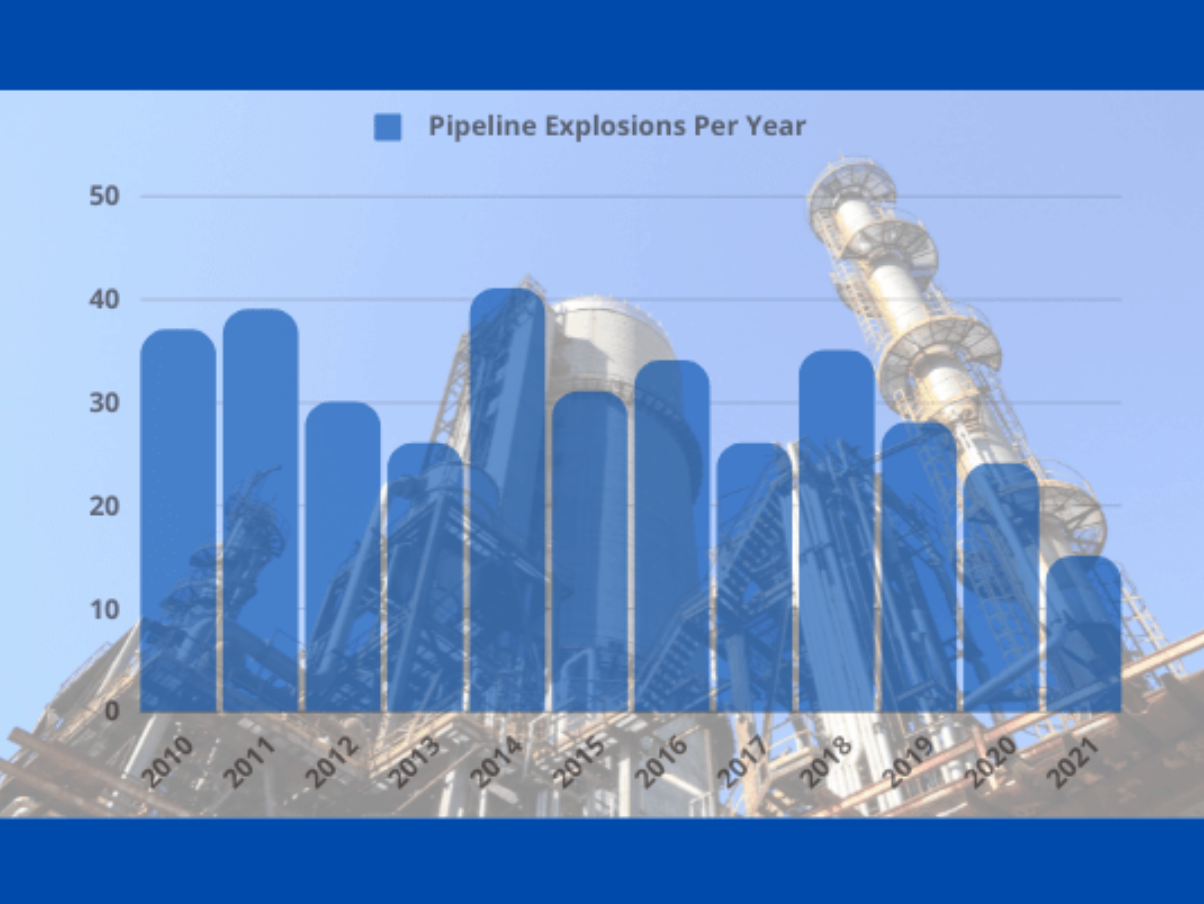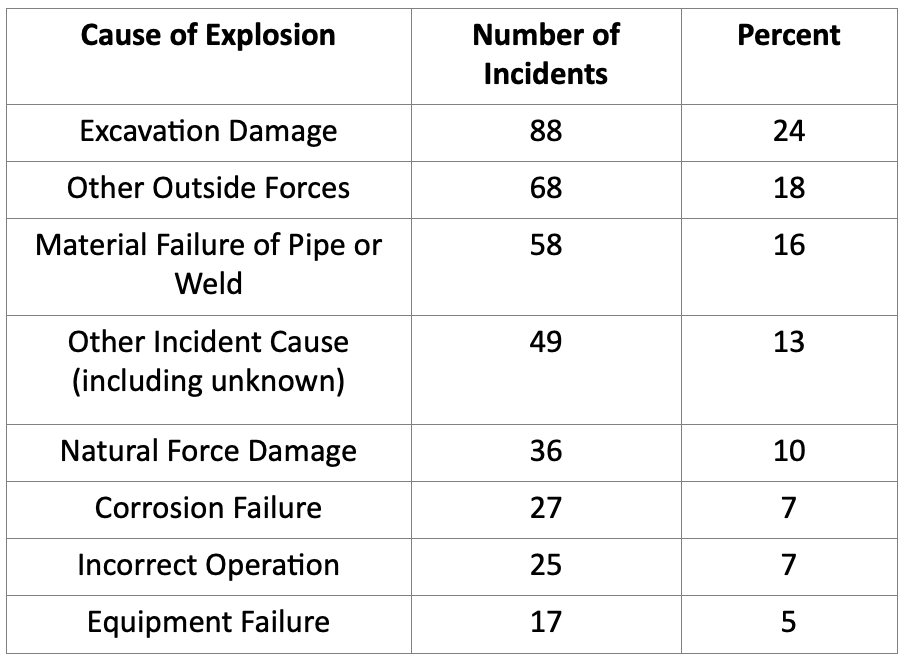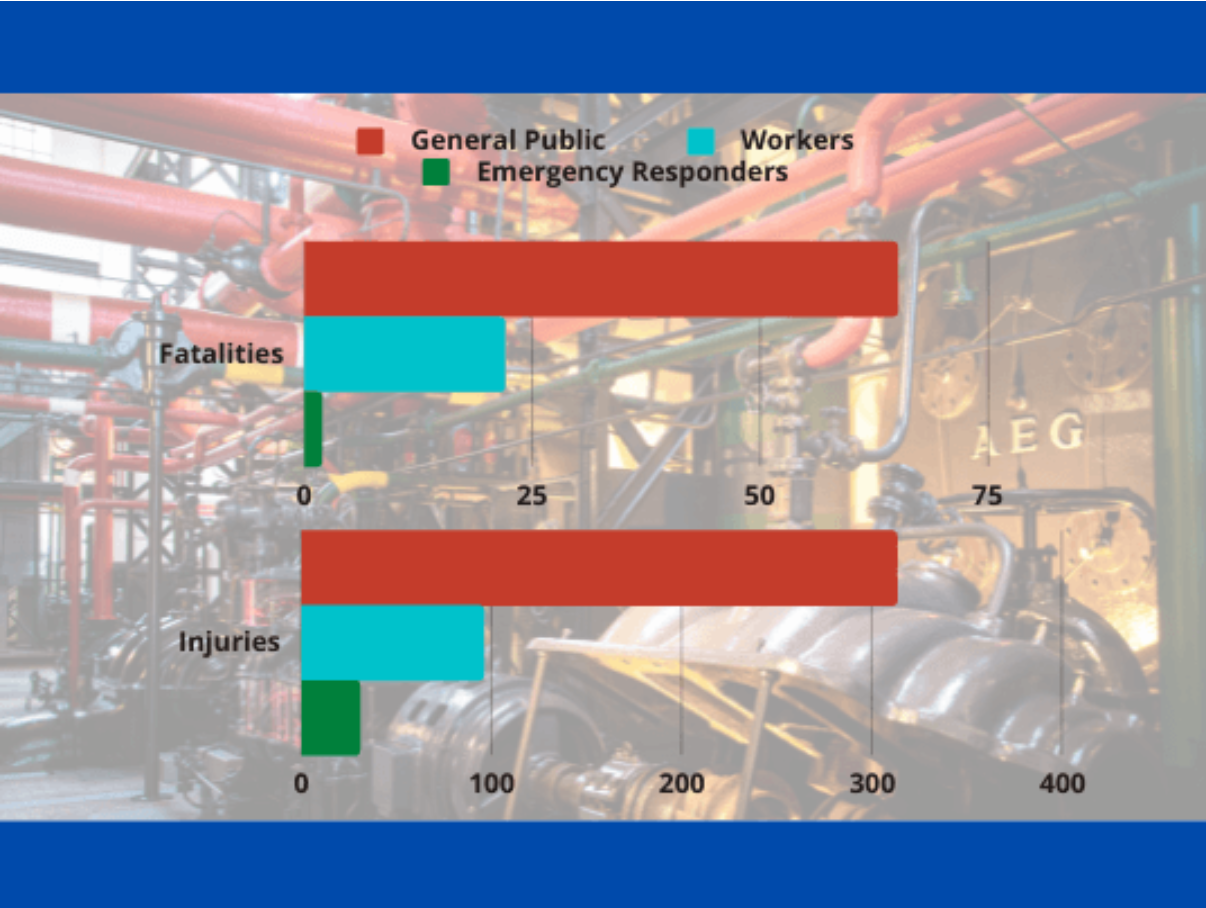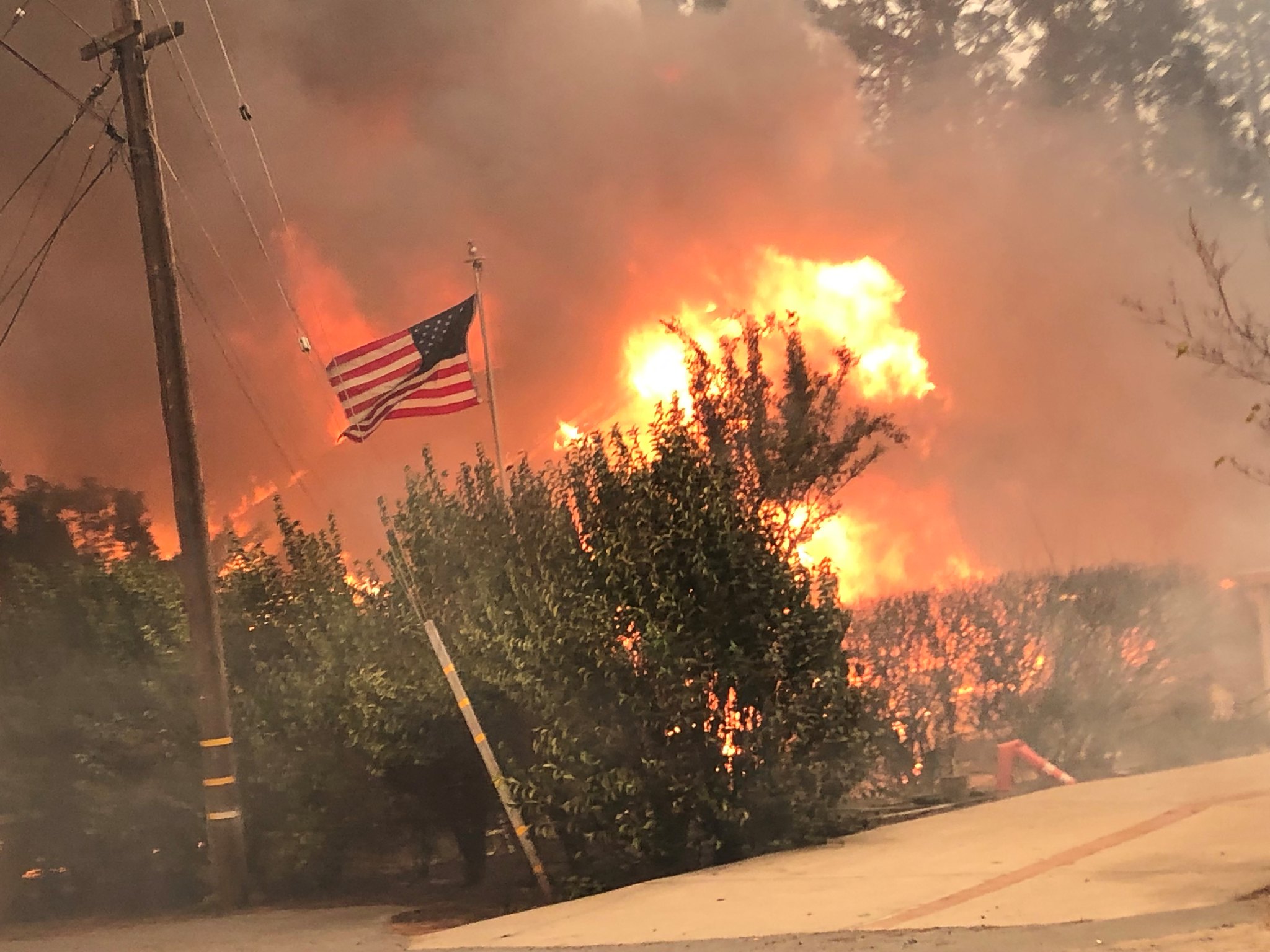You should always be aware of the warning signs of a pipeline leak, especially if you live or work near a line or plant.
To provide natural gas to their customers, utilities across the United States rely upon millions of miles worth of main lines and pipelines. Without the continued survival and functionality of this infrastructure, the country’s economy would be unable to function. While this system of pipelines is mostly safe and trustworthy, a number of explosions over the past decade have highlighted significant vulnerabilities. While not all pipeline explosions are preventable due to extenuating circumstances, many incidents could have been averted through the implementation of more effective safety measures.
Working alongside a data visualization agency, the explosion accident attorneys at The Doan Law Firm created a comprehensive study of pipeline explosions in the U.S. over the previous decade. They explore where pipeline accidents have occurred, who is most likely to be impacted by an unexpected explosion, and what is responsible for such incidents.
How Many Pipeline Explosions Occur Annually?
You may be surprised to know that, on average, there have been thirty-one pipeline explosions in the U.S. per year over the past decade. Since many pipeline explosions do not cause injuries or catastrophic property damage, they don’t tend to generate the intense national coverage of more destructive natural and man-made disasters. However, even a relatively minor pipeline explosion can cause lasting environmental damage, natural gas shortages for consumers, and serious injuries.

How Pipeline Explosions Occur
By developing an understanding of what frequently causes pipeline explosions, regulators and utility companies are able to implement effective safeguards and protocols to prevent future tragedies. For this purpose, the study breaks down data provided by the USDOT Pipeline and Hazardous Materials Safety Administration. Over the course of their research, the analytics team broke down all 368 tracked explosions over the past decade:

The most common cause of pipeline explosions in the U.S. is excavation damage, which is nearly five times as likely to cause a serious accident than equipment failure. Additionally, the vast majority (76%) of excavation-influenced pipeline explosions were caused not by a contractor or pipeline operator, but by a third party. Only one in ten excavation-caused explosions occurred due to the actions of a contractor or operator, with the remainder of the incidents occurring due to prior damage from old excavations.
Which Utilities Experienced the Most Explosions?
Five utilities experienced at least ten separate pipeline explosions from 2010 to October of 2021. Southern California Gas Co., Consumers Energy Co., and Pacific Gas and Electric (PG&E) experienced the most incidents over this timeframe, with twelve explosions each. However, PG&E’s explosion accidents caused substantially more casualties than the other leading utilities. Consumers Energy Co. and Southern California Gas Co. both experienced 9 casualties each, while PG&E was responsible for 83 casualties over the same period.
Are Pipeline Explosions Caused by Negligence?
Several pipeline accidents have since been linked to violations of safety protocols and negligence. Years after a 2010 natural gas pipeline explosion in San Bruno that injured 58 people and caused an additional eight fatalities, PG&E was found to have intentionally created false “locate and mark” reports for a five-year period. Utilities have a responsibility to find and accurately mark their natural gas infrastructures in a timely manner. If excavations or construction work is done, the workers need to have accurate data to ensure that they do not accidentally hit a pipeline. Failure to provide accurate information puts the lives of construction workers, pipeline operators, local residents, and emergency responders at considerable risk.
In 2016, PG&E was charged and convicted with six felony crimes, in connection with the San Bruno explosion. Since a company cannot be sentenced to a prison term, PG&E was fined $3,000,000 and placed on a maximum-length probation period. During their five-year felony probation period, which ended in January of 2022, PG&E was responsible for at least 31 wildfires that claimed 113 lives and scorched 23,956 buildings and homes. The deadliest of these was the 2018 Camp Fire that razed the town of Paradise and led to PG&E pleading guilty to 84 charges of involuntary manslaughter.
Who is Most Likely to Be Harmed by a Pipeline Explosion?
Contrary to what you may expect, pipeline operators and first responders are significantly less likely to be harmed or killed in a pipeline explosion than members of the general public. The study shows that members of the public are ten times more likely to be killed or injured than an emergency responder and three times more likely to be harmed than a pipeline worker.

Reducing the Risk of Pipeline Explosions
Some pipeline explosions cannot be prevented, even if proper safety protocols are followed and the system was installed properly. However, many incidents can be avoided by reinforcing pipeline integrity, expanding and enforcing company safety practices, and preparing the public to respond in the event of an emergency. To proactively reduce the risk of an accident, utilities should train their employees on how to safely install pipelines, carry out routine damage inspections, and monitor pressure in the lines.
You should always be aware of the warning signs of a pipeline leak, especially if you live or work near a line or plant. Call 911 and leave the area immediately if you become aware of:
- A strange gaseous or petroleum smell
- Hissing or roaring sounds (depending on how large the leak is)
- Vaporous fogs, liquid pools, bubbling in flooded or wet areas, an oily sheen on water surfaces, or fire coming from below-ground and burning aboveground
If you suspect that something is wrong, trust your instincts and get to safety as soon as possible.


Join the conversation!